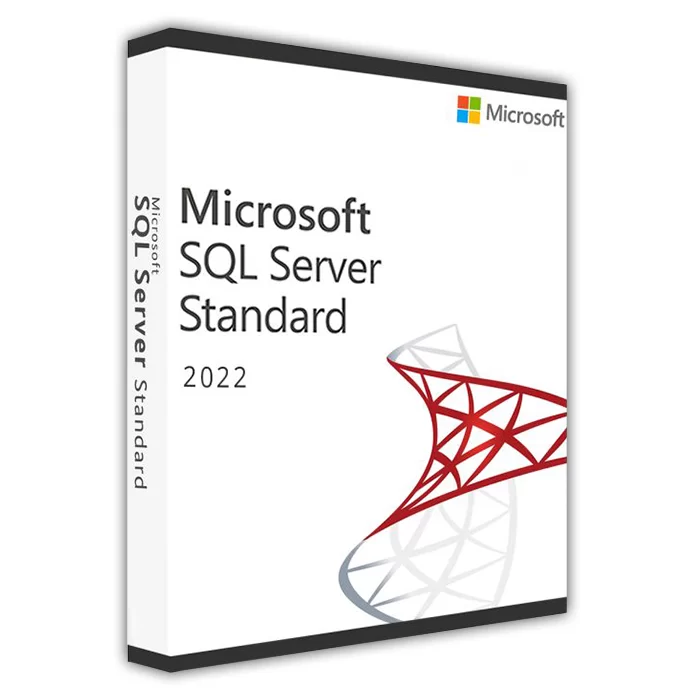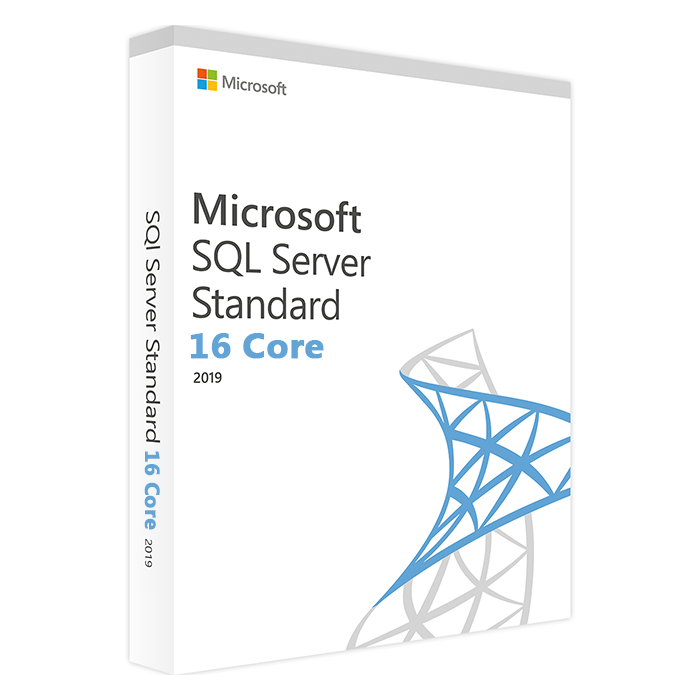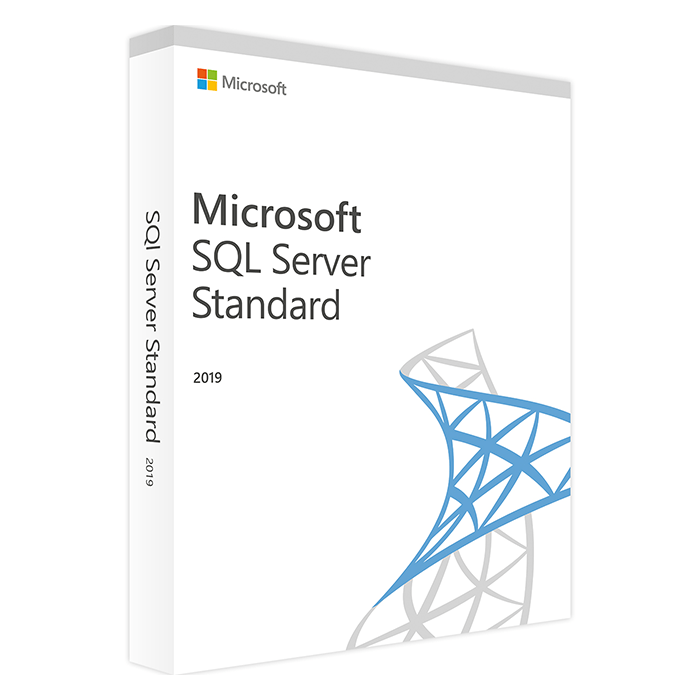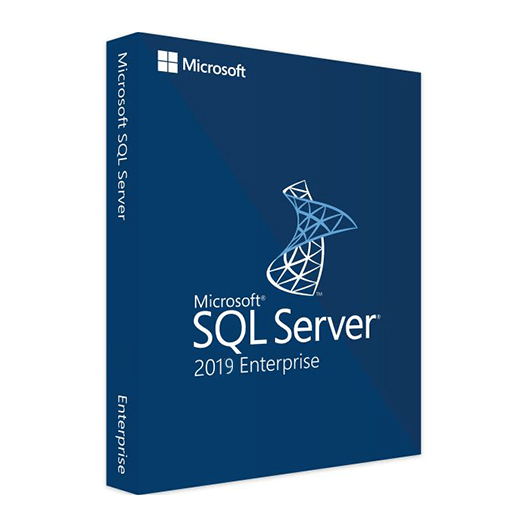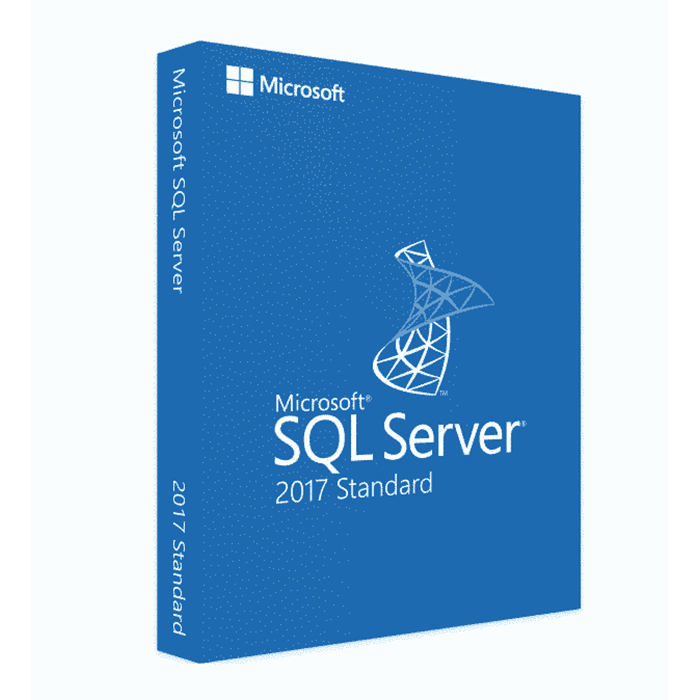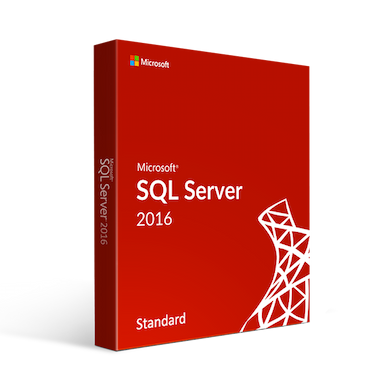Home » Introduction to SQL Server Triggers: Creating Automated Responses
Introduction to SQL Server Triggers: Creating Automated Responses
SQL Server triggers offer a powerful means to automate actions in response to specified events within a database. Understanding their functionality and implementation is key to enhancing database functionality.
Understanding SQL Server Triggers
Trigger Basics
Explore the fundamental concept of triggers as database objects that automatically respond to specified events.
Trigger Types
Understand the two main types: DML (Data Manipulation Language) triggers for INSERT, UPDATE, DELETE operations, and DDL (Data Definition Language) triggers for schema changes.
Creating Triggers
Trigger Creation Syntax
Learn the syntax for creating triggers in SQL Server, specifying triggering events and associated actions.
Trigger Execution Timing
Understand when triggers fire: either before or after the triggering event, allowing different actions based on the timing.
Common Use Cases for Triggers
Enforcing Business Rules
Implement triggers to enforce specific business rules or constraints within the database.
Auditing and Logging
Utilize triggers for auditing purposes, capturing changes or maintaining a log of specific database actions.
Trigger Implementation Strategies
Optimizing Trigger Performance
Consider performance implications and optimize triggers to avoid potential bottlenecks in database operations.
Error Handling and Rollback
Implement error handling mechanisms within triggers to ensure data integrity and rollback actions if necessary.
Best Practices and Considerations
Limited and Targeted Use
Use triggers judiciously, avoiding overuse to maintain simplicity and clarity within the database.
Testing and Maintenance
Thoroughly test triggers before deployment and periodically review and maintain them for optimal functionality.
Advanced Trigger Features
Nested and Recursive Triggers
Explore nested triggers and their recursive behavior, understanding their impact and limitations.
Trigger Security
Consider security implications and permissions required for executing triggers within the database environment.
SQL Server triggers provide an effective way to automate responses to specific database events, enhancing functionality and ensuring data integrity. Leveraging triggers allows database administrators and developers to enforce business rules, track changes, and automate routine tasks.
Recent posts
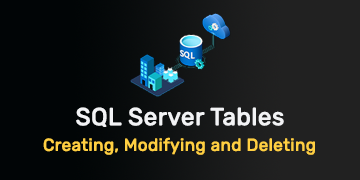
SQL Server Views: Simplifying Complex Queries
Explore SQL Server views to streamline complex queries, enhance data accessibility, and improve database management.

SQL Server Tables: Creating, Modifying, and Deleting
Learn how to create, modify, and delete tables in SQL Server databases for effective data organization.
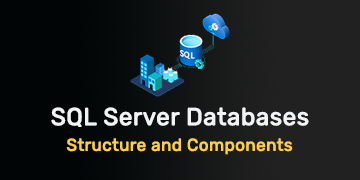
Understanding SQL Server Databases: Structure and Components
Explore the architecture and components of SQL Server databases for efficient data organization and management.
